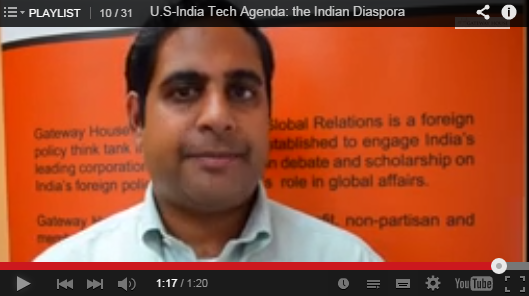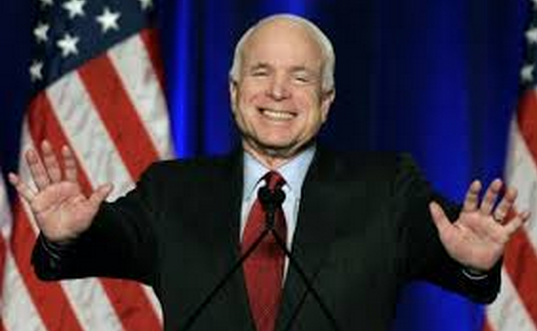Indian Prime Minister Narendra Modi rode a wave of enthusiasm and popular support to the White House, where he kicked off a two-day visit with President Barack Obama on September 29. Modi’s visit started with a private dinner with Obama on Monday evening, the day after thousands of Indian-Americans flocked to New York’s Madison Square Garden to catch a glimpse of new Indian prime minister.
Anticipating a renewed partnership between the two countries, Gateway House launched a research paper titled ‘The India-U.S. Partnership: $1 Trillion by 2030′ with recommendations that will help boost the bilateral.After the launch in Washington, the report was disseminated widely among members of the U.S. government, the American think tank community, trade organisations, and the media.
CLICK HERE TO READ THE RESEARCH PAPER
The paper will be launched in India on 17 November 2014, alongside the India-U.S. Technology Summit in New Delhi, India.
Gateway House articles on the India-U.S. bilateral:
1. India-U.S. Partnership: $1 Trillion by 2030
2. A tech template for India-U.S. ties
3. India-U.S. must move past deal-led ties
4. “India mustn’t relent on section 3(d)”
5. Indian Americans and the mother country
6. Can the U.S. up the game with India?
7. India-U.S: energy can charge the bilateral
8. Strengthening ties amid differences
9. John Kerry’s charm offensive
10. Pritzker: pragmatic dealmaker?
Nish Acharya, author of ‘The India-U.S. Partnership: $1 Trillion’ by 2030, explains how Indian IT capabilities can use American expertise with smart cities to solve many problems affecting urban India such as traffic management and urban sustainability.
Nish Acharya, author of ‘The India-U.S. Partnership: $1 Trillion by 2030′, outlines why the Indian diaspora plays an important role in the India-U.S. bilateral relationship. He highlights the key role played by the Indian entrepreneurs of Silicon Valley in driving the U.S. economy forward.
Senator McCain’s speech on the importance of the India-U.S. bilateral
Ever since the thaw in India-U.S. relations after the signing of the Civil Nuclear Agreement in 2005, there have been an increasing number of high-level engagements between the two administrations. Gateway House lists the recent engagements that have taken the India-U.S. bilateral forward.
This feature was written exclusively for Gateway House: Indian Council on Global Relations. You can read more exclusive features here.
For interview requests with the author, or for permission to republish, please contact Reetika Joshi at joshi.reetika@gatewayhouse.in or outreach@gatewayhouse.in or 022 22023371.
© Copyright 2014 Gateway House: Indian Council on Global Relations. All rights reserved. Any unauthorized copying or reproduction is strictly prohibited.




